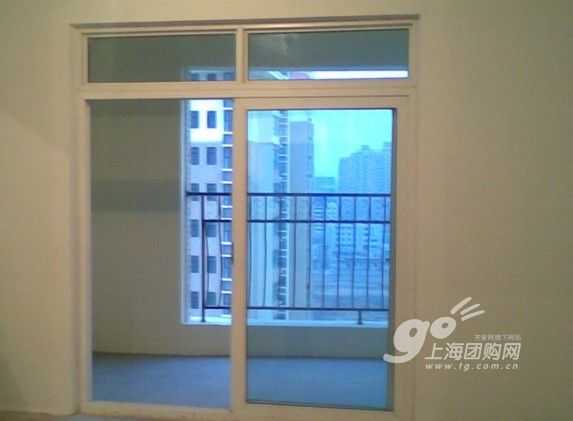In recent years, the earthquake-resistance and earthquake-resistance problems of building decoration have attracted more and more attention from consumers. In the renovation, breaking off the bearing wall is a dangerous practice. Especially in the case of an earthquake, the disadvantages are easily exposed. According to experts, under normal circumstances, if a household on the first floor dismantles a large area of ​​the bearing wall, this will cause the seismic performance of the building to weaken and the load stress to be abnormal. If an earthquake of magnitude 8 occurs at this time, the building body will probably develop as a whole. Collapse. In addition, it is not the most important load-bearing wall on the first floor, and the importance of other floors is decreasing. Even if the load-bearing walls on the first floor are not demolished, and the load-bearing walls on other floors are dismantled, the stress structure of the building will be deformed, the structure will become more fragile, and the possibility of catastrophic collapse will remain great.
In the face of life safety, luxury and beauty can be relegated to the second line. In order to resist earthquakes, what places can not be changed at home?

Links: The Shape of an Irregular House Shaped on a Wall to Create an Ideal Space
1 bearing wall
What kind of wall is a bearing wall? In a general brick-concrete structure, any prefabricated wall is a load-bearing wall that cannot be removed or opened. Brick walls above 24 cm are also load-bearing walls. The load-bearing wall must not be moved during the renovation, and even the large area of ​​the hole will not work. Arbitrary demolition will destroy the weight of the wall. If the structure of the house is likened to the body of an adult, the reinforcement in the wall is the bones of the person. If the reinforcement is damaged when the pipeline is laid, it will affect the bearing capacity of the wall and the floor. In the event of an earthquake, such walls and floors can easily collapse or break. In addition, the beams and columns in the room are used to support the upper floors. After the upper floors are removed, they fall down, so they cannot be moved.
How to identify non-load-bearing wall and bearing wall?
Judging by sound: knocking on the wall, there is a crisp echo, is a light wall, and bearing walls should not have too much sound. Judging by the thickness: The wall thickness of the non-bearing wall in the floor plan is clearly drawn thinner than the load-bearing wall. The load-bearing walls are thicker, second only to the exterior walls, and their thickness is generally around 24 cm.
In general, when the load-bearing wall is a brick wall, the structure is 24 cm thick, the wall thickness in the cold area is 37 cm, the thickness of the concrete wall structure is 20 cm or 16 cm, and the non-bearing walls are 12 cm, 10 cm, and 8 cm. Judging by location: The outer walls are usually load-bearing walls; the walls shared with neighbors are also load-bearing walls.
Brand Shop: Sunshine Hardware Conch Panda
Experience room room decoration house window space wall clock creative wall clock bathroom design bathroom waterproof overall bathroom bathroom door
Baina Wire Mesh Manufacture Co., Ltd. , http://www.bdaviarymesh.com